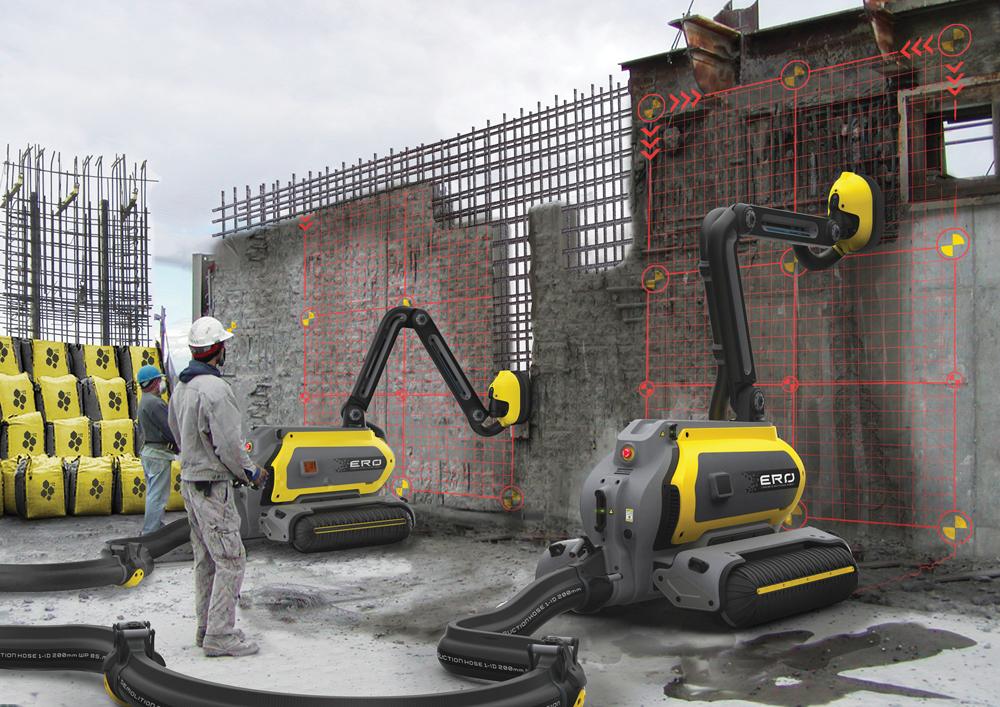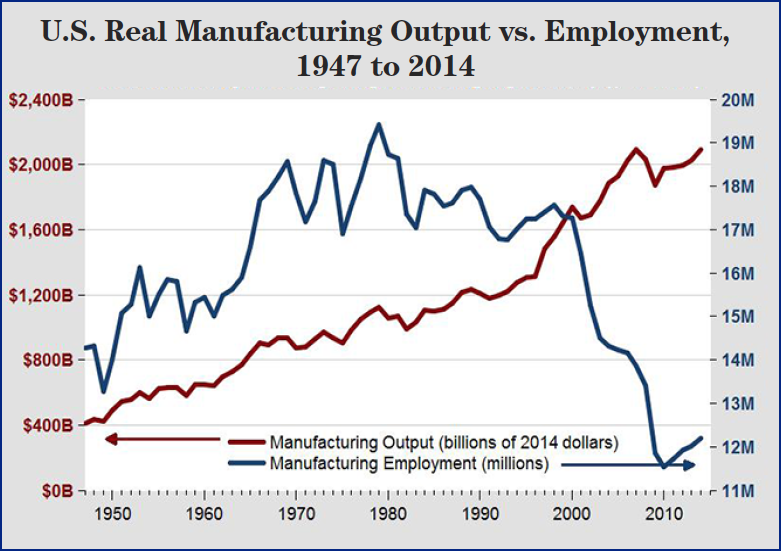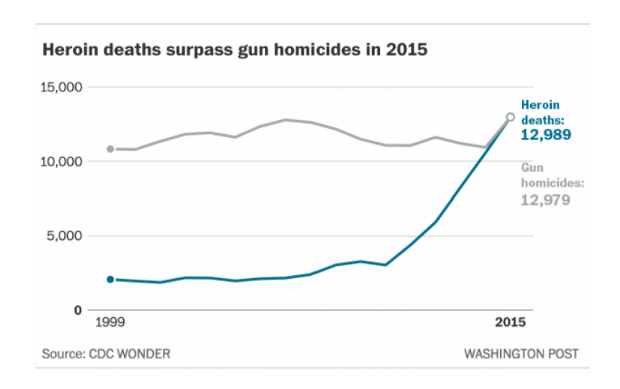News reports indicate Speaker Ryan will be moving quickly to pass ACA repeal legislation when Congress reconvenes next week.
While most elected Republicans are in agreement that ACA should be “repealed”, that’s about where the agreement ends.
And therein lies the problem. Here’s a brief summary of where legislators stand.
First, the kill-it-dead camp.
Some budget hawks want a total repeal and defunding, much of which can be accomplished via reconciliation. This prevents a possible Democratic filibuster in the Senate.
There are about 40 Representatives in the so-called Freedom Caucus that hew to this line with possibly a couple dozen more votes to repeal-and-be-done-with-it. Make no mistake, emboldened by the election results these people are in no mood to compromise. As these are the same people who refused to fund the government we should fully expect them to push very hard for total repeal and defunding.
Implications: do NOT assume these folks will compromise. They will fight tooth-and-nail to kill ACA and damn the consequences.
Second, the fiscally prudent
Related to this group are the fiscally-focused. These Senators and Congresspeople are quite concerned that a repeal will also do away with about a trillion dollars in revenue and taxes over the next decade which will result in:
- budget shortfalls
- bankruptcy of the Medicare Hospital Trust Fund
- elimination of premium support for about 75% of those buying insurance via the Exchanges
Add to that the reductions in Medicare and Medicaid reimbursement embedded in ACA, and you have another $879 million in additional spending if ACA is repealed.
Implication – these folks are going to be cautious, and they will likely end up in the “repeal and replace” camp.
Repeal and replace camp
There are two different groups here – one calling for a repeal then construction of a replacement over time, and one that wants both bills passed simultaneously.
In either case the far-righters are going to come up against more pragmatic Representatives and Senators, notably Lamar Alexander, Chair of the Health Education Labor and Pensions Committee, the Senate Committee that will have significant influence on any legislation going thru that chamber. Alexander’s been quoted saying a GOP bill must “do no harm.”
Alexander and his allies are pushing hard for a much more measured approach that couples repeal with a replacement bill, thereby giving insurers and other stakeholders some confidence and predictability. Essentially their approach leaves much of today’s ACA in place while sunsetting the bill in 3 or perhaps as many as 4 years.
Alexander, Olympia Snowe et al are of the mind that this gives them enough time to work thru the calculations, political and financial, necessary to replace ACA without blowing up the insurance and healthcare industries in the process. Among the provisions that have been mentioned favorably by this group are:
- guaranteeing coverage for pre-ex conditions if individuals maintain insurance coverage
- maintaining some form of government tax subsidies to help different groups of Americans cover their premium costs and
- funding for expanded Medicaid coverage for low-income adults and children.
Notably, Alexander et al’s position has been challenged by House Majority Leader Kevin McCarthy, who wants to repeal THEN replace. McCarthy’s colleague, Speaker Ryan has also outlined a replacement plan that keeps many of the popular provisions of ACA. Notice the word “outlined”; there is NO replacement legislation that is ready to be introduced anytime soon.
Implication – the House and Senate leadership have different views, and the House is going to be pretty internally-conflicted. This is a LONG way from being resolved.
Back to the good old days camp
Finally, HHS Secretary designate Tom Price has his own ideas, which include repealing cuts to Medicare and ending much of the financial and practice controls and oversight put in place by ACA. Price’s bill, while it has not been scored by CBO, will almost certainly result in higher costs.
Implication – I don’t see Price’s proposal going very far.
The wild card – Senate Democrats.
There are 48 Democrats in the Senate, and some will have to be co-opted to get a non-reconciliation repeal-and-replace bill thru. Leader Chuck Schumer is pragmatic, a bunch of Dems are up for re-election in two years and will likely work hard to keep key provisions in any new bill. However, there are many of his fellow Democrats who are in no mood to compromise. Hell, the take-no-prisoners approach worked for McConnell…
And this means…what?
Notably, NONE of the GOP bills presently under consideration will address the fundamental, underlying issue – cost. US health care costs average almost $10,000 per person. In fact the Alexander-Snowe approach and Price’s bill would increase health spending.
Notably, there is another option. Republicans could come up with whatever changes they want, and not bother to fund them or do anything about the increased deficit. While that may seem heretical, one must remember that a Republican House, Senate, and President gave us Medicare Part D, a totally unfunded benefit that the Medicare Actuary calculates has added $16 trillion to the federal deficit.
Note – Paul Ryan was one of the “Yes” votes on that bill.





